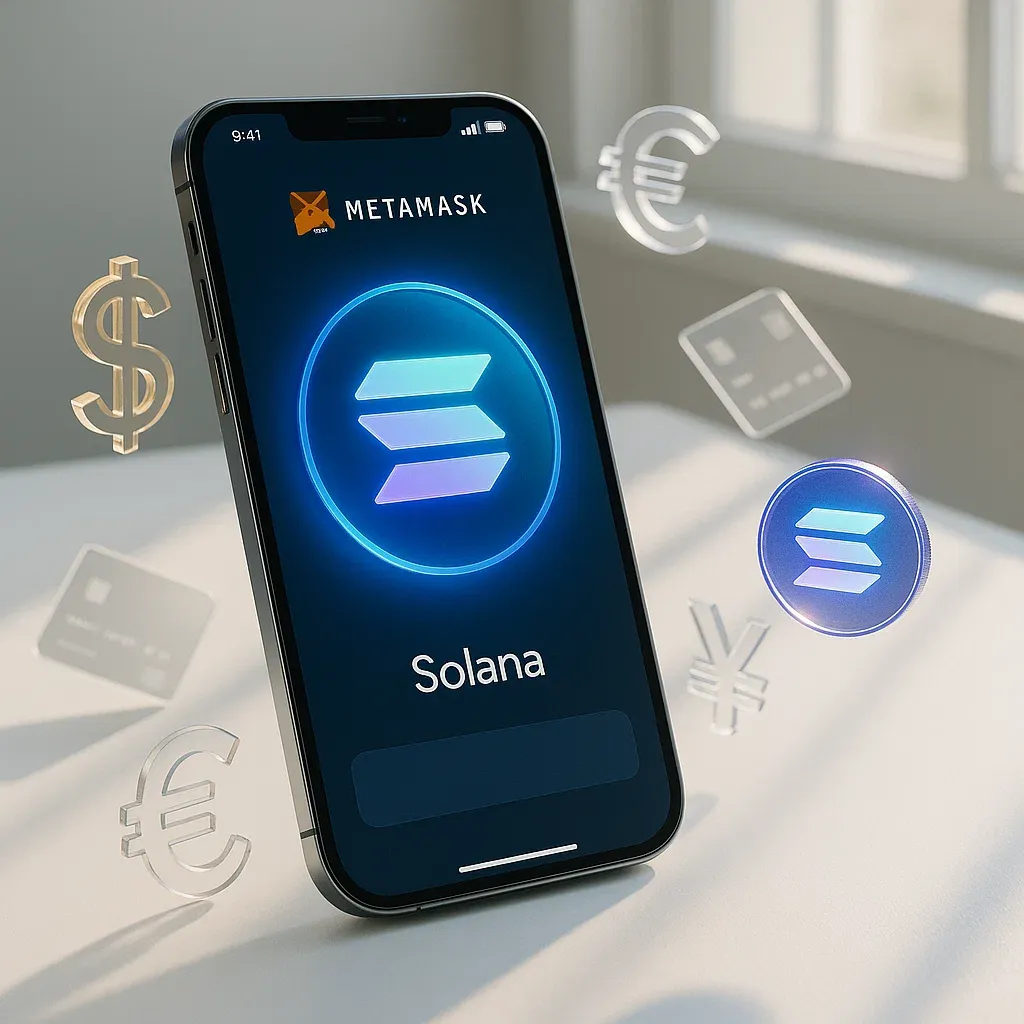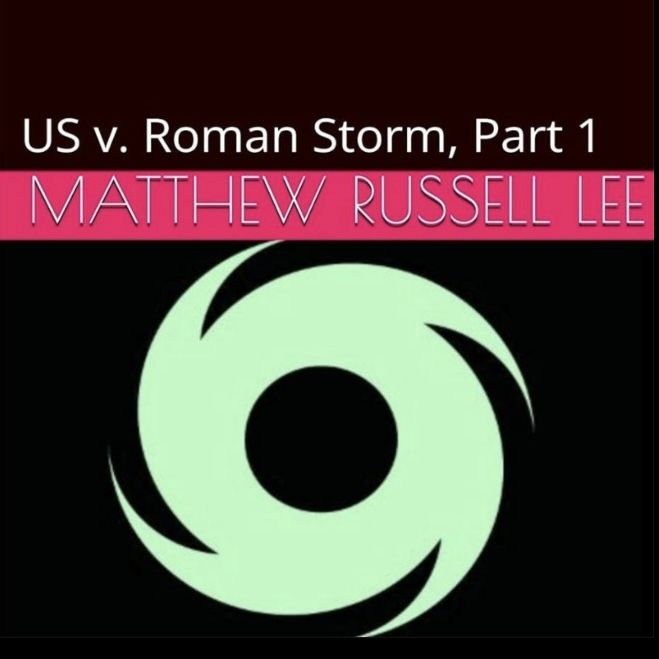The Centralization Dilemma: Coinbase's Dominance in Ethereum Staking
Coinbase Now Runs the Most Ethereum Nodes—Is That a Problem? 🤔
As of March 3, 2025, Coinbase has officially become the biggest centralized operator of Ethereum staking nodes, controlling 11.42% of the total staked ETH. The exchange now manages 3.84 million ETH and operates 120,000 validators, making it the largest single player in Ethereum staking.
But while those numbers sound impressive, they also raise a big question—is it bad for Ethereum’s decentralization?
Why Are Experts Worried? 😬
Crypto researcher Anthony Sassano and others have pointed out that too much staking power in one place could hurt Ethereum’s security and decentralization.
- More control = more risk 🏦: If one entity has too much influence, it could manipulate transactions or become a target for regulation.
- Lido is even bigger but safer 🤷♂️: Lido holds 27.2% of staked ETH but spreads it across multiple validators, reducing risks.
Ethereum was built to be decentralized, so when one company gets too much control, it defeats the purpose of the network.
Coinbase’s Response: “Trust Us, We’re Transparent” 🏛️
To prove it’s not a threat, Coinbase dropped its first-ever validator performance report (Feb 2025 data). The results? Pretty solid.
- 99.75% uptime ⏳ (higher than the 99% target)
- 99.75% validator participation rate ✅ (Ethereum network avg: 99.52%)
- No major slashing penalties 😎
Coinbase says its system is designed to stay online even during maintenance, reducing risks.
How Coinbase Manages Its Network 🔧
To prevent one failure from wrecking everything, Coinbase uses multiple clients and cloud providers:
- Consensus Clients: Prysm (80%) + Lighthouse (20%)
- Execution Clients: Nethermind (64%) + Geth (36%)
- MEV Relays: Works with six different relays (e.g., Flashbots, bloXroute) to optimize transactions.
- Cloud Providers: Runs nodes on AWS + Google Cloud, across five different countries to avoid regional outages.
This setup helps prevent downtime and keeps validators running even if one service goes down.
Is This a Problem for Ethereum? 🤷♂️
Not everyone is convinced that Coinbase's transparency is enough. Some Ethereum purists say its growing influence is a direct threat to decentralization.
Even Vitalik Buterin has warned about centralized staking in the past, saying big players could make Ethereum less independent.
So, while Coinbase is killing it in performance, the bigger question remains: How much centralization is too much?
###What’s Next? 🚀
Coinbase says it will keep publishing validator reports and plans to expand beyond Ethereum, possibly moving into networks like Solana.
For now, Ethereum’s future depends on how the community balances efficiency and decentralization—and whether big players like Coinbase step back or tighten their grip.
TL;DR:
- Coinbase now runs 11.42% of staked Ethereum (biggest centralized operator).
- Some experts worry this threatens decentralization and could give Coinbase too much control.
- Coinbase says it’s transparent & secure, publishing reports on validator performance.
- The debate continues: Should Ethereum allow this much centralization?

Recent News
All Time High • Live
Have questions or want to collaborate? Reach us at: info@ath.live











